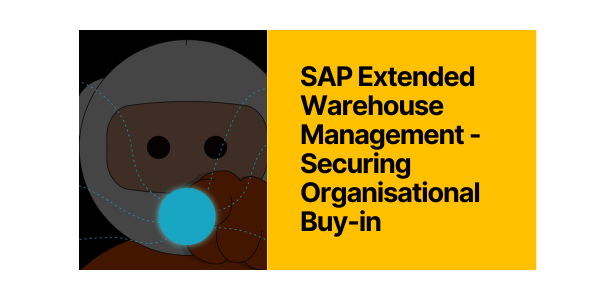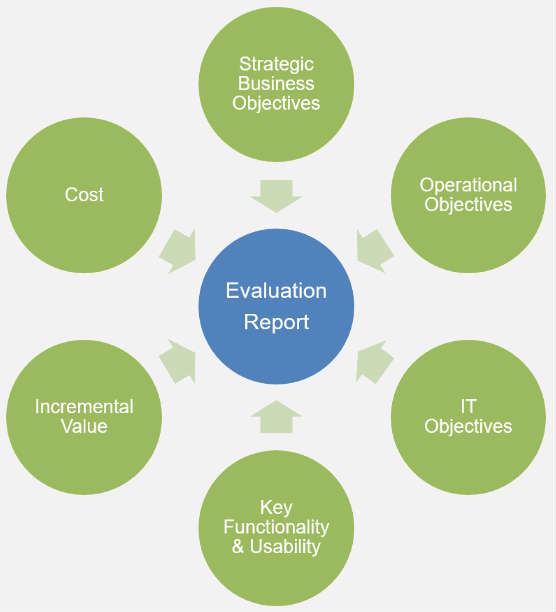SAP Extended Warehouse Management - Securing Organisational Buy-in

Looking to transform your supply chain or harness the power of innovative SAP solutions? We have the expertise and experience to drive your operational excellence.
Contact us today to discuss your needs further.
Whether you're looking to optimise your business processes or streamline your operations, we have the expertise and experience to help you achieve project success.
Contact us today to discuss your needs further.
Learn how our SAP solution extensions can help your workforce reduce reliance on manual paper based activities and ensuring the ever changing needs of your supply chain operational workforce is supported.
Book a demo to learn more.
We work closely with our clients to understand their unique needs and challenges. Explore our SAP expertise services to learn more.

Many companies running SAP Warehouse Management (WM) are in the process of understanding any potential fit of SAP Extended Warehouse Management (EWM), or maybe how to enhance their current platform whilst trying to gauge if SAP is a standalone and financially viable option for their business. The necessity in any case for a full analysis of all costs, benefits and risks, together with engagement with the finance team will go to ensure expectations and organisational benefits are managed across key stakeholders.
Whilst some of the organisational benefits of EWM come from an IT perspective, for example simplification of the IT landscape as part of a wider IT strategy, many of the other benefits of SAP Extended Warehouse Management (EWM) are derived from operational and business performance improvements.
------------------
------------------
Migrating from WM to EWM offers multiple opportunities to extrapolate value through improved operational processes with reduced time and cost — but clearly defining these in the business case will help drive operational efficiencies well into the future.
Therefore, gaining alignment and understanding between IT, supply chain and finance leaders is a critical step in securing approval for a SAP Extended Warehouse Management (EWM) business case — including a potential move from SAP WM to SAP EWM.
They say knowledge is key and in this case, finance teams and key stakeholders need to be aware of all financial costs, risks and benefits so that there are no surprises and budgeting can be managed. Some of the key challenges we regularly encountered are created by a disconnect between the finance team’s understanding of what is good and feasible for the business – i.e. where the benefits lie.
Key costs are often missed when presenting a EWM business case due to incomplete assessments and validation. This results in unexpected charges during implementation and loss of confidence in supply chain leaders. We try and avoid this by running through the EWM evaluation and by bringing in key stakeholders early on.
When supporting an organisation through the transition of SAP Warehouse Management (WM) to SAP Extended Warehouse Management (EWM) our key goal is to align any evaluation sessions to the business strategic objectives, IT objectives and operational objectives. The results from our EWM evaluation sessions enable IT directors to articulate the EWM business case with acute clarity, leading to a reduction in misunderstandings and retaining of trust for future proposals.
We also bring in users at an early stage from a key functionality and user ability point of view, and consider not only the TCO but also the incremental value to the business. This helps the stakeholders understand how each platform being evaluated contributes to each of those categories.

This process has evolved alongside over nearly a decade of SAP WM & EWM implementations, and the outputs have created valuable input into many business cases for WM and EWM.
According to a 2017 Gartner report, ‘the goal from any financial model is to demonstrate net benefits’ from one or more of the following:
■ Cost reduction (the most common in a WMS business case, incorporating increased productivity)
■ Cost avoidance (including risk mitigation)
■ Increased sales
■ Increased margin
With the any new potential EWM implementation, taking the long-term view of cost optimisation will be a hugely beneficial exercise, mitigating risk by factoring in additional resource requirements during the initial months’ deployment time to minimise any impacts on service. The SAP EWM system integrates complex supply chain logistics with your warehouse and distribution processes.
To deliver the ultimate strategic alignment to your business, achieve better visibility and control, ensure a successful implementation and maximise your ROI, contact us to learn more about the information and resources we have to support the distinct phases of developing a SAP Extended Warehouse Management business case – from planning and installation, through to operation.